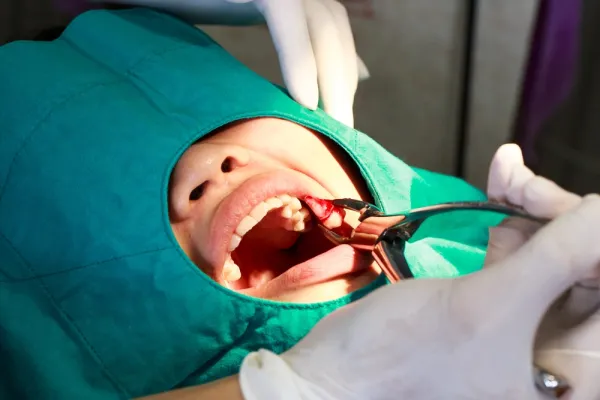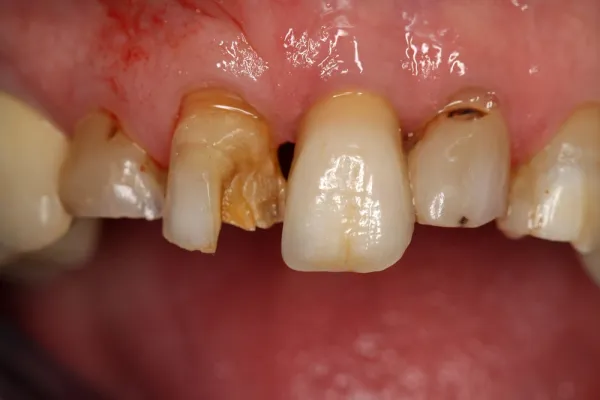Ace Foreign Body Removal Reporting With These Useful Tips

Hint: Don’t forget to report 7th character while reporting appropriate diagnosis code.
When your clinician performs foreign body removal (FBR) from the oral cavity, you will need to focus on which of the anatomical areas the foreign body was located to choose the appropriate code for the procedure. You will also need to check documentation to see if your surgeon performed an incision to reach the foreign body and the type of closure that he performed after the procedure.
Don’t Rush To Report FBR Codes For Every FB Removal
When your surgeon removes a foreign body from anywhere in the oral cavity, don’t make the mistake of reaching out to a foreign body removal code each time. You can only report an FB removal code if and only if your surgeon has performed an incision to expose and reach out to the foreign body to remove it. If no incision has been done, then you cannot report an FBR code.
If your surgeon only uses some instruments such as a tweezer or a probe to grasp or tease out the foreign body, then you cannot report a foreign body removal code. In such a case, you will instead have to report an appropriate E/M code (such as 99212, Office or other outpatient visit for the evaluation and management of an established patient ...) that will include the procedure into the other E/M services that your surgeon will perform during the same visit.
Caveat: You should not report FBR if your surgeon discovers and removes a foreign body during wound exploration. In such cases, the FBR is incidental to the exploration, and you would report only the exploration codes (for example, 20100-20103, Exploration of penetrating wound [separate procedure] ...).
Reach to Anatomical Site Specific Codes When Available
CPT® includes specific FBR codes for many anatomic sites, but not all. Not all sites in the oral cavity has site specific codes for foreign body removal. The site specific CPT® codes that you can choose depending on the anatomical location and complexity include:
The above two mentioned codes can be used when your surgeon removes a foreign body from anywhere in the vestibule of the mouth.
You can use one of these two codes when your surgeon removes an embedded foreign body from the supporting dentoalveolar structures that include the gingival soft tissues or the supporting alveolar bone of a tooth. You report 41805 when the FB is in the gingival soft tissues and report 41806 when the foreign body is embedded in the bone.
For other anatomical locations such as the tongue, floor of the mouth, or the palate, you do not have any site specific FB removal codes. In such a situation, you can consider using 20520 (Removal of foreign body in muscle or tendon sheath; simple) or 20525 (... deep or complicated), depending on the depth of incision or the complexity of the procedure performed.
Discern When to Report Complicated FBR Code in Lieu of Simple
When reporting a foreign body removal, you have two code choices to choose from – Simple or complicated. So, you will need to know when to report a complicated code instead of a simple FBR code or else you might lose out on deserved reimbursement.
You can choose from these two codes to report a foreign body removal depending on the depth at which the foreign body was located and on the time taken by your clinician to perform the removal. If the foreign body was located more superficially and your clinician could easily approach it for removal, you report a simple code.
If on the other hand the foreign body was more deeply embedded or was in close proximity to vital structures and your surgeon had to take sufficient amount of time to locate and remove the foreign body then you report a complicated code.
You can also base your code choice on the type of closure that your clinician performed after the procedure. If no closure was done or if the closure was simple, then you can choose the simple FBR code. If your surgeon had to perform a layered closure, then you are justified in choosing the complicated removal code.
Heads up: Your clinician’s documentation should dictate the code you choose (simple or deep/complicated). If your surgeon does not explicitly state that the FBR was simple or complicated, you’ll need to read deeper into the documentation. If you still have any doubt on whether to report a simple or a complicated code, it is best to query your clinician so that you will not lose out on ethically deserved pay.
Know What to Report When More Than One FBR is performed
When your clinician removes more than one foreign body from the oral cavity, you will need to report each of the removal separately as the FBR codes are for the removal of a single foreign body and not multiple. When your clinician removes a foreign body from different anatomical sites, for instance, from the vestibule of the mouth and from the dentoalveolar structures, you can separately report the two codes without using any modifiers.
However, if your surgeon removes two foreign bodies from the same anatomical location, you will need to append suitable modifiers to the additional removal codes so that you will receive payment for each of the removals. For instance, if your clinician performs two simple FBR from the vestibule of the mouth, you will need to report two units of 40804. You will need to append the modifier 59 (Distinct procedural service) to the second unit of 40804 that you are reporting.
Similarly, when reporting a simple and a complicated removal from the same anatomical location, you will need to report the simple removal code with the modifier 59 to allow payment for both the codes. For instance, your surgeon performs a simple and complicated removal from the vestibule of the mouth. In this case, you will need to report 40805 and 40804-59 to allow payment for both the codes.
Don’t Forget to Report Appropriate Diagnosis Codes
When your surgeon performs FBR, your reporting of the procedure will be incomplete if you don’t report the appropriate diagnosis code to support medical necessity of the procedure. When your surgeon performs an FBR from the oral cavity, you will need to report it with T18.0 (Foreign body in mouth).
But, since you are reporting an injury, you will need to report an appropriate 7th character “A” for initial encounter, “D” to indicate a subsequent encounter, or “S” to indicate sequela. But as the listed code is only four characters long, you will need to report “x” as the 5th and 6th characters. For instance, you will need to report T18.0xxA if you are reporting an initial encounter or report T18.0xxD for a subsequent encounter.




